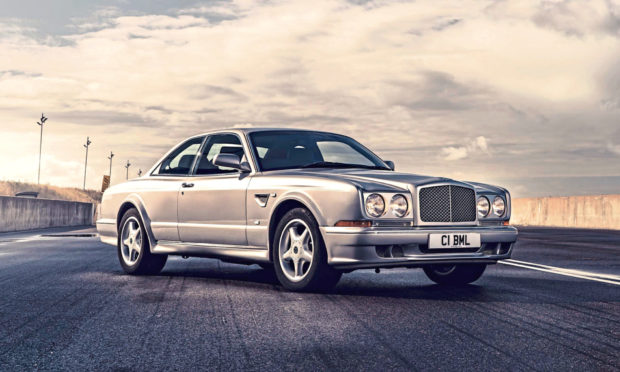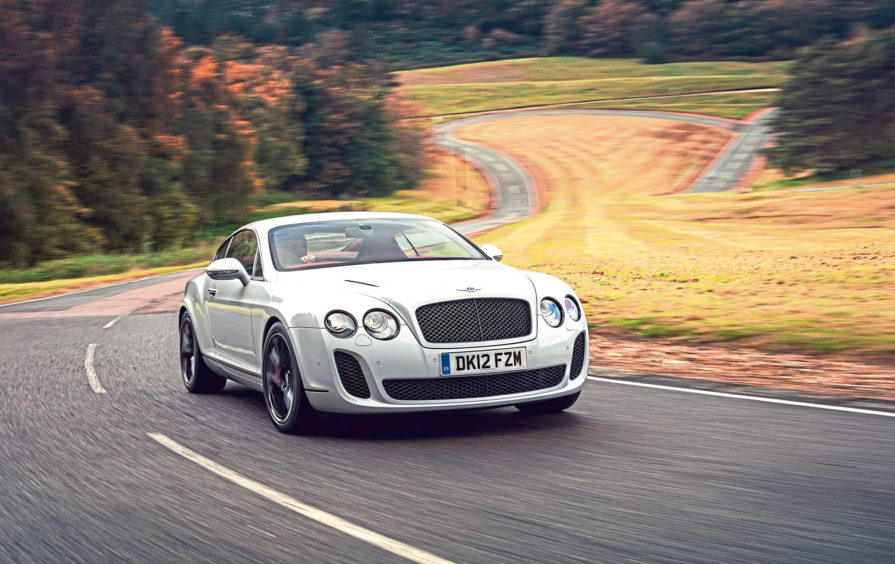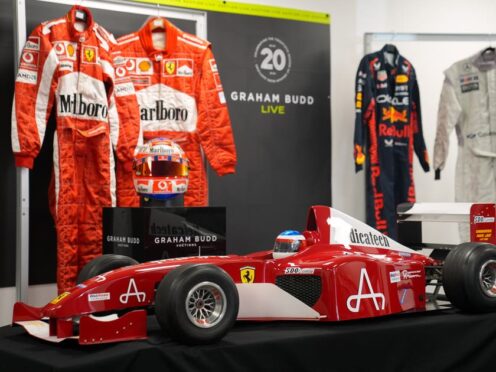Bentley’s Continental name has played a key role in the firm’s successes over the years. Evocative even after decades of use, the “Conti” nameplate has graced some truly exceptional vehicles, bringing the luxury and performance that is associated with Bentley time and time again.
We’ve managed to grab the keys to three key Continental models – a Continental R from 2003, a Continental GT Supersports from 2009 and a brand-new Continental GT V8 to see how the three compare.
Up first is the old boy. The Continental R was the first all-new-bodied model to be created since the R Type Continental of 1952.
It brought a whole host of high-end features, not least a 420bhp V8 engine. This particular car is a Final Edition model with wide arches, sports suspension and 18-inch wheels among some of the extras added. In fact, just 11 Final Series cars were made out of a total of 1,548.
But what’s it like behind the wheel? A glorious antidote to the current crop of performance cars. Even starting the car requires an extra process, with a key to the right of the wheel matched with a central chrome starter button which appears more like a heating and ventilation control. It has us scrabbling for a few minutes trying to locate it.
Fortunately, we’re off shortly after. The steering is weighty yet predictable, while the brakes and throttle take managing. Of course, with 420bhp on tap, it’s certainly no slouch, but after exploring the upper reaches of the R’s rev range you’re made fully aware of how far braking technology has moved forward – bringing the big Conti to a stop requires real effort, regardless of the upgraded Brembo brakes which have been fitted.
We pull back into the base and the bright white form of the Continental Supersports looms ahead.
It’s an instantly recognisable shape, having been draped over one of Bentley’s most successful cars of all time. The first “modern” Continental brought the firm into the modern age, delivering huge performance in a package which could genuinely be used every day.
But the Supersports is a different kettle of fish. Harder and more focused than the standard GT, it became Bentley’s fastest and most powerful car ever produced when it arrived on the scene back in 2009.
It could top 204mph, in fact, while a huge diet meant that 0-60mph came in just 3.7 seconds. It was the first Bentley Continental produced under Volkswagen ownership, too.
However, when you’re up and running you’d be hard pressed to find any compromises on comfort in the quest for performance. It rides well, this Continental, gliding over bumps and providing more than enough support for craggier sections of road.
But then lean on the throttle, and boy does the Supersports pick up.
There’s a wealth of torque to explore, with the Conti’s 620bhp W12 egging you on as you progress. The automatic gearbox fits the package well, too, while despite the car’s 2,220kg kerbweight – down 110kg over the standard GT – it corners superbly, with the large ceramic brakes allowing you to trim speed off at a moment’s notice.
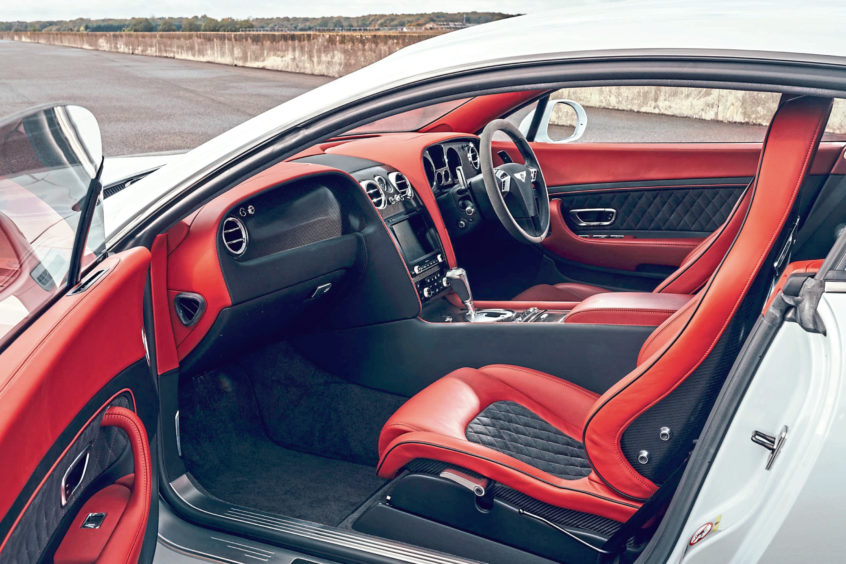
The steering is excellent, too; weighty but without being distractingly difficult to manage, it gives a real sense of connection which is missing from many “modern” cars.
The bucket seats – quilted, as is Bentley’s fashion – are supportive, too, while the steering wheel is pleasantly thin-rimmed.
It’s just such a refreshing car to drive, bringing the characteristics of a modern car that many people enjoy yet with an old-school mechanical feel to all of its operations.
And then it’s time for the new school, in the form of Bentley’s latest Continental GT V8.
As the name alludes to, this is not a W12-powered Conti, but rather a lighter version utilising a turbocharged 4.0-litre V8.
It’s by far the most dynamic Continental of the current crop and represents a huge gear change from the Supersports.
The shift in performance isn’t noticeable in terms of outright numbers – in fact, the modern car shifts to 60mph from a dead stop ever so slightly slower than the Supersports – but the way it delivers its 542bhp is quite different.
In a sense, it’s more predictable, with a linear delivery almost downplaying how much performance is on tap.
The interior technology game has made a seismic shift in a short period of time, too.
The revolving central display is key to the Continental GT V8’s infotainment offering and makes the older Supersport’s screen look like a Nokia 3310 in the face of an iPhone 12.
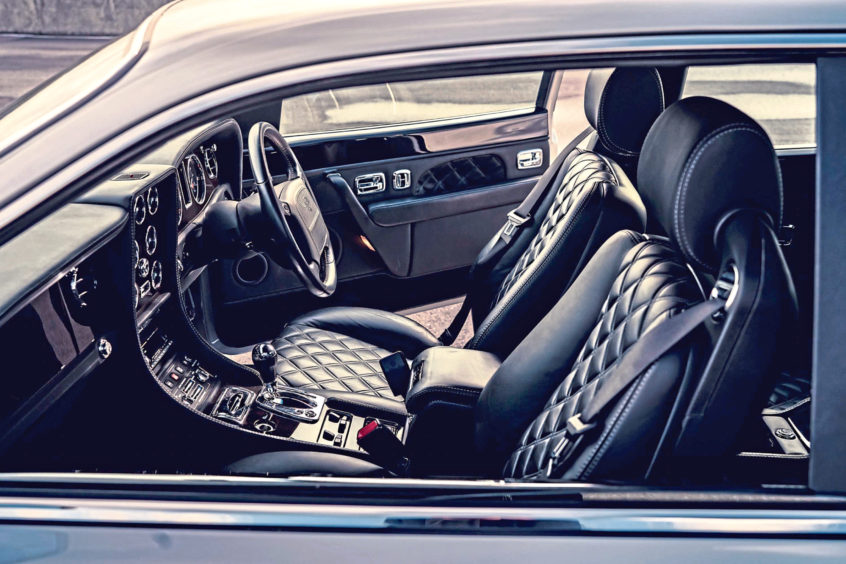
But – and we’ll say it quietly – the driving experience offered by the Supersports is the one we prefer, though on a daily basis we’d have to lean towards the newer car given its outright comfort.
All three cars showcase what Bentley is great at; bringing a high level of craftsmanship in cars which not only perform well but do so in an unflustered, progressive manner.
What will the next generation Continental bring? Time will only tell – but we’re sure that it’ll keep the same core principles to heart.
